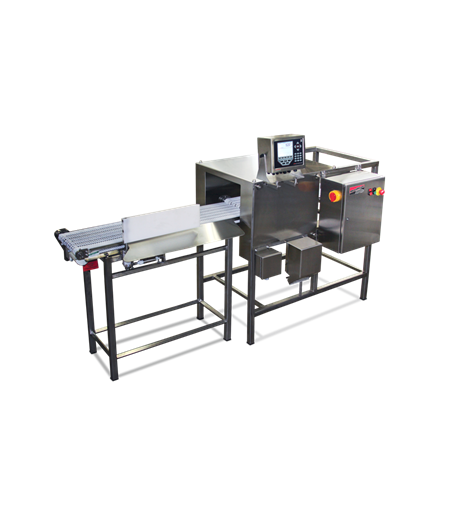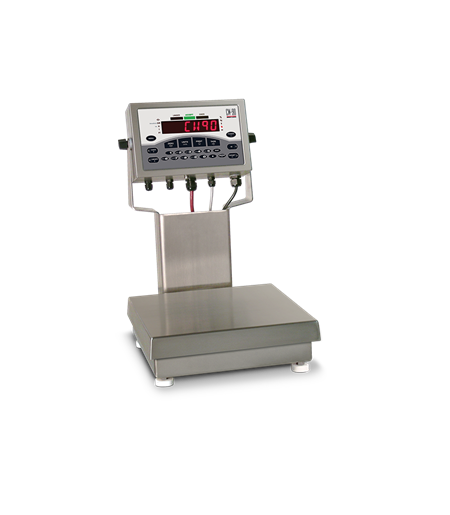Is the website displaying in the correct language? Please confirm or select a different language.
Your region has been set automatically. Please confirm or select a different region.
The Checkweigher Glossary
Checkweighers are designed to obtain information to help you meet your weight-related product inspection needs. To get the most out of your equipment—and your product—it is important to understand a few key terms.

In-motion vs Static Checkweighing
An in-motion (dynamic) checkweigher weighs products, then rejects or accepts them based on preset weight zones. In-motion checkweighers automate processes, increasing speed and productivity while decreasing operator intervention. These systems provide a 100% inspection rate and reduce human errors.
A static checkweigher is designed to verify product weight to be within a preset range or target, but it requires an operator to move product on and off the platform. A static checkweigher requires very little maintenance and there is no process control to service. This type of checkweigher also has a lower initial cost.
Conveyor Belts
Infeed and outfeed conveyor belts move products through an in-motion checkweigher and along a production line. Since checkweighers are typically integrated into a pre-existing production line, conveyor belts can often be customized to fit your application needs.
Load Cells
Load cells come in various types, but they all serve the same purpose: accurately measuring weight on a scale. When weight is placed on the scale, the load cell takes an analog measurement and converts it to a digital output at the load cell, junction box, or scale indicator. Load cells are typically constructed of either aluminum or stainless steel, depending on the application requirements, and are located underneath the scale top, which is integrated into the conveyor.

Weight Indicator
The indicator, or controller, displays advanced weight functions and serves as the command center for calibrating and operating the checkweigher. Indicators show real-time monitoring of preset weight zones and allow viewing and printing of user, product, statistic and parameter reports.
Checkweigher Accessories
From reject devices to alarms and bar code scanners, checkweighers come with a variety of optional accessories that will help you make your production line and checkweighing application manageable and effective.
Gross, Tare and Net Weight
Gross weight is the total weight of the pack or container and its contents, while tare weight is the weight of simply the package or container. The net weight is the weight of just the package or container’s contents.
Weight Zones
Weight zones are the ranges of preset target weights that determine whether a product is accepted or rejected.
Maximum Allowable Variation
Maximum allowable variation is a deficiency in the weight, measure or count of an individual package beyond which the deficiency is considered an unreasonable error.
Rice Lake Checkweighing Solutions
Rice Lake Weighing Systems offers a variety of in-motion and static checkweighers built with advanced options for metal detection, diverter systems and more. The MotoWeigh® in-motion checkweigher and conveyor system feature storage of up to 1,000 products and customized options, including an audible alarm to alert users to under- or overweight product.
*This article is part of Rice Lake’s Checkweigher Buyer’s Guide series. Request a copy or download the Checkweigher Buyer’s Guide today.



 My Account
My Account


